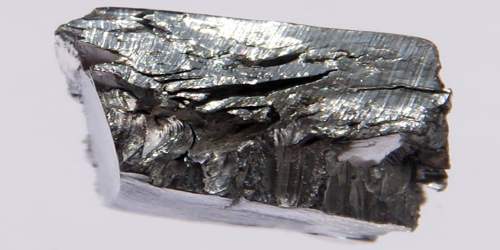

The image is based on the civic coat of arms for the city of Paris (Latin name ‘Lutetia’), which gives the element its name.
| Density | 9.84 |
| Melting Point | 1663°C |
| Boiling Point | 3402°C |
Lutetium is little used outside research. One of its few commercial uses is as a catalyst for cracking hydrocarbons in oil refineries.
The honour of discovering lutetium went to Georges Urbain at the Sorbonne in Paris, because he was the first to report it. The story began with the discovery of yttrium in 1794 from which several other elements – the rare earths (aka lanthanoids) – were to be separated, starting with erbium in 1843 and ending with lutetium in 1907.
Other chemists, namely Karl Auer in Germany and Charles James in the USA, were about to make the same discovery. Indeed James, who was at the University of New Hampshire, was ahead of Urbain and had extracted quite a lot of the new metal, but he delayed publishing his research. A sample of pure lutetium metal itself was not made until 1953.